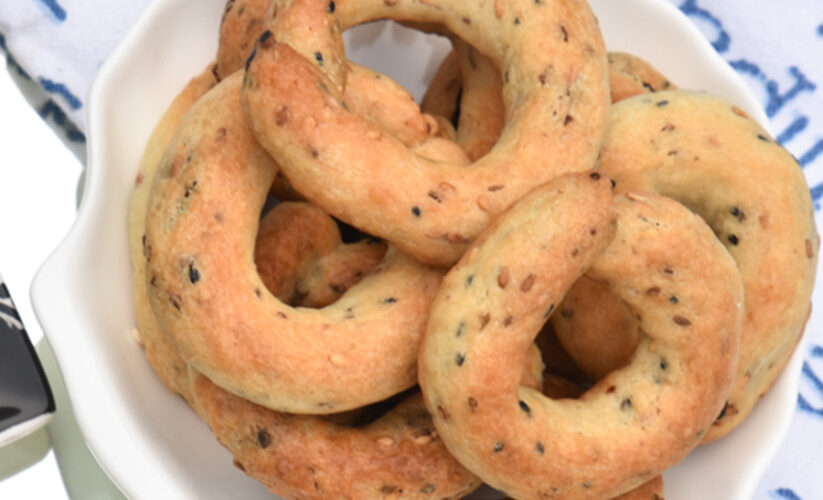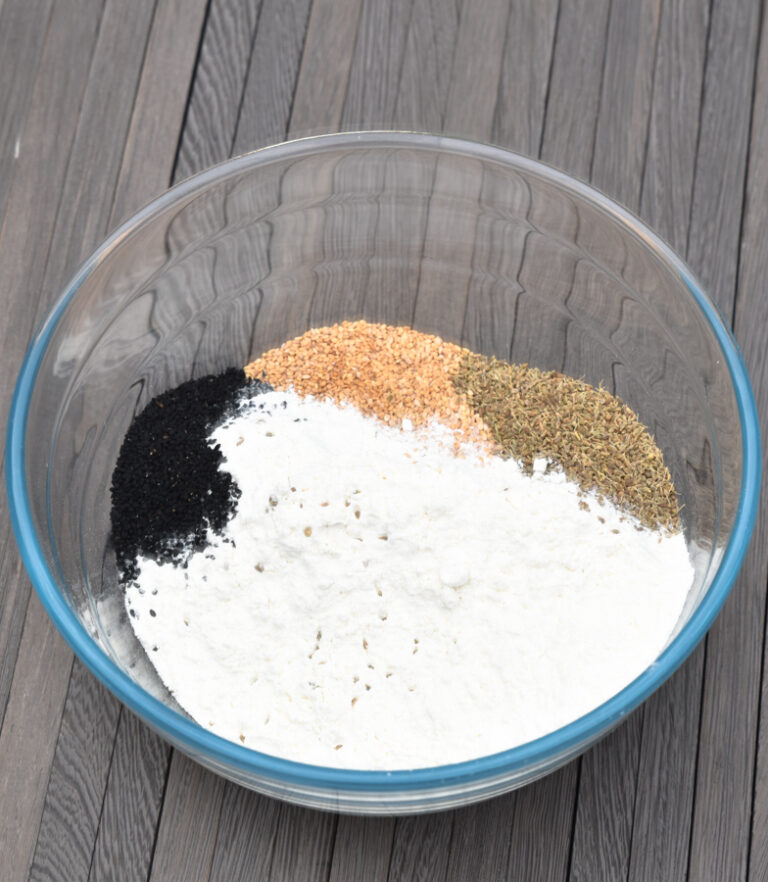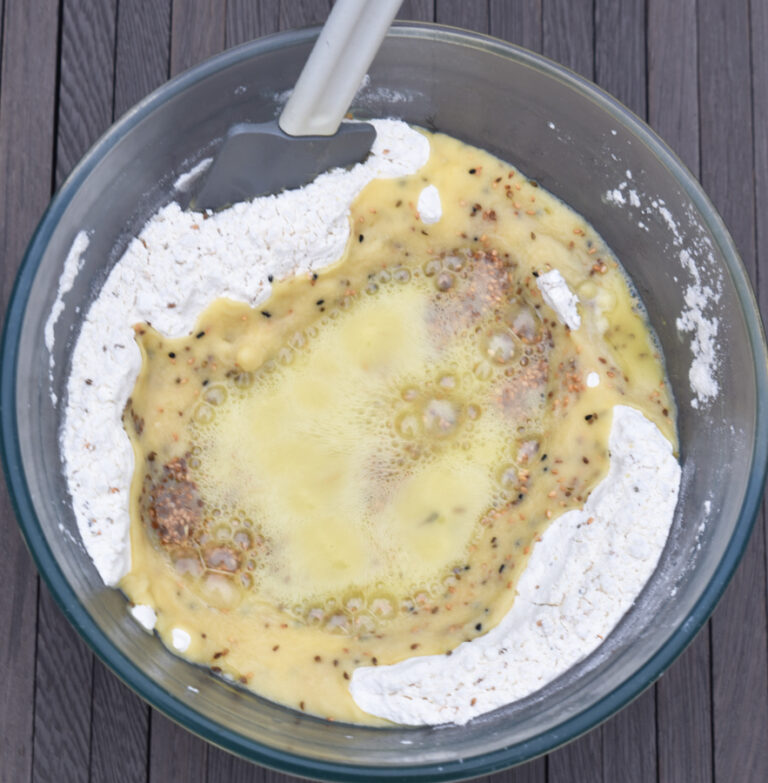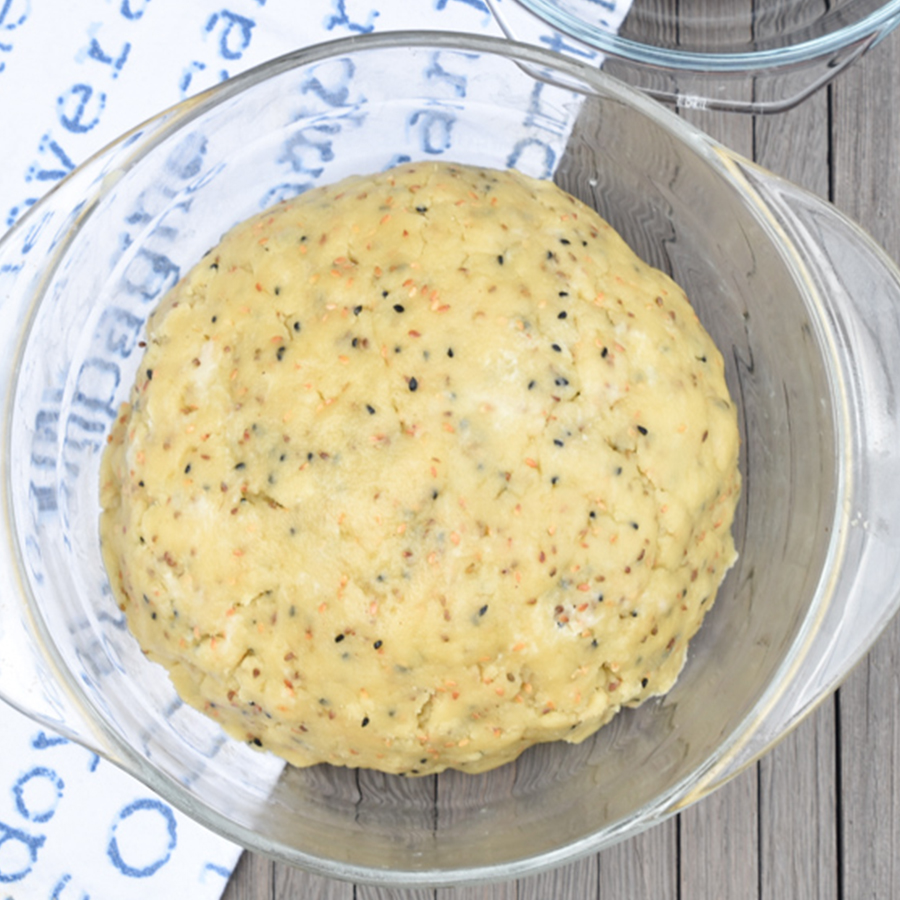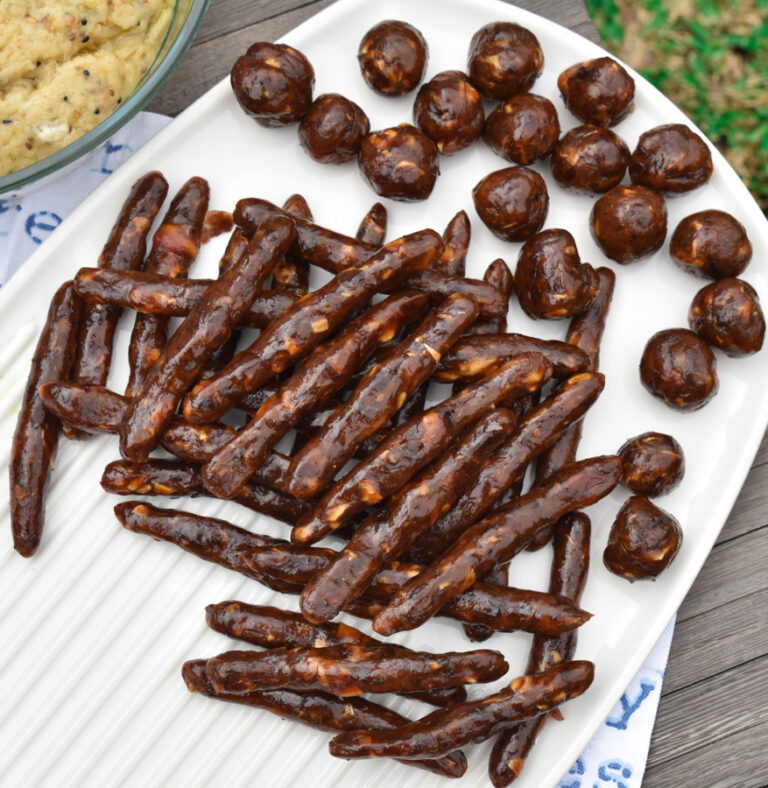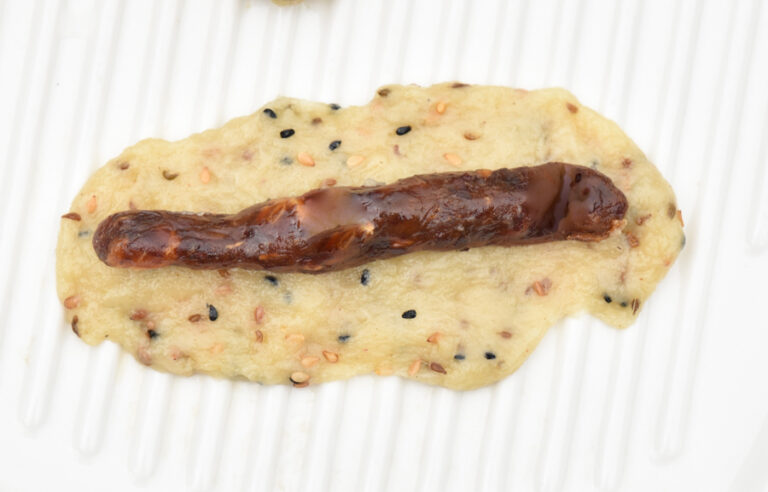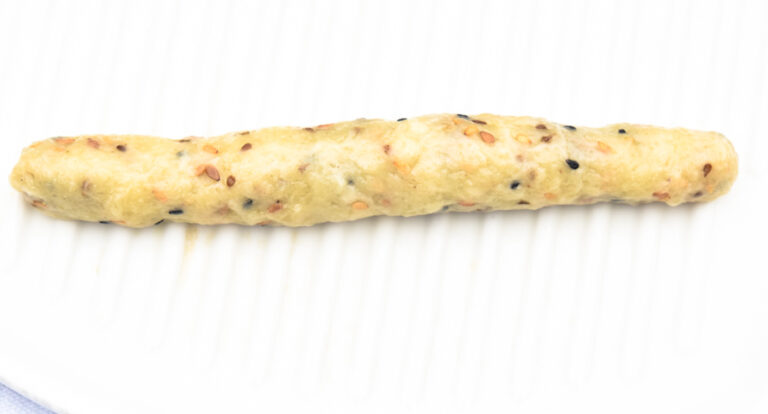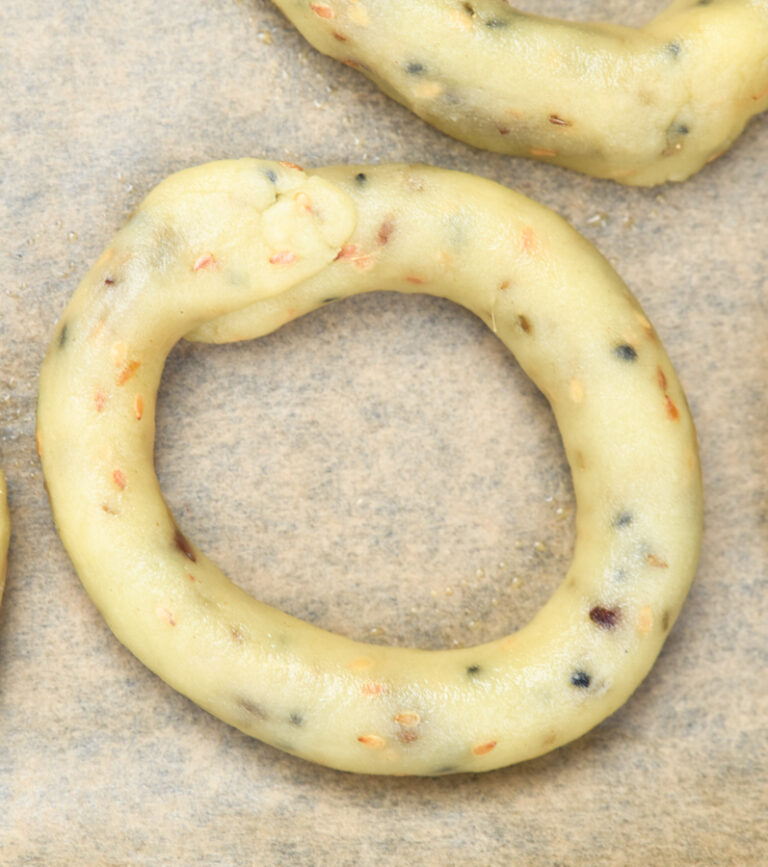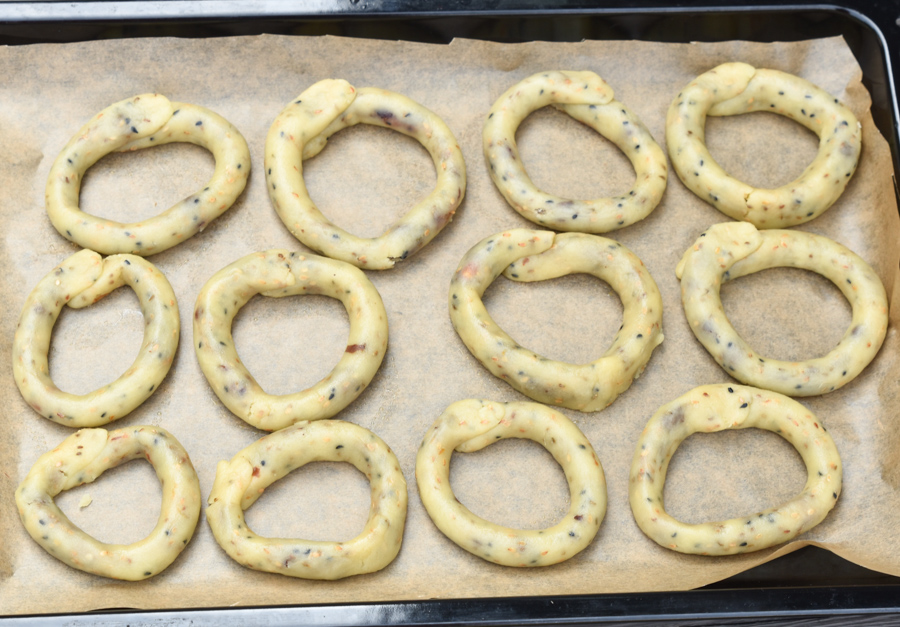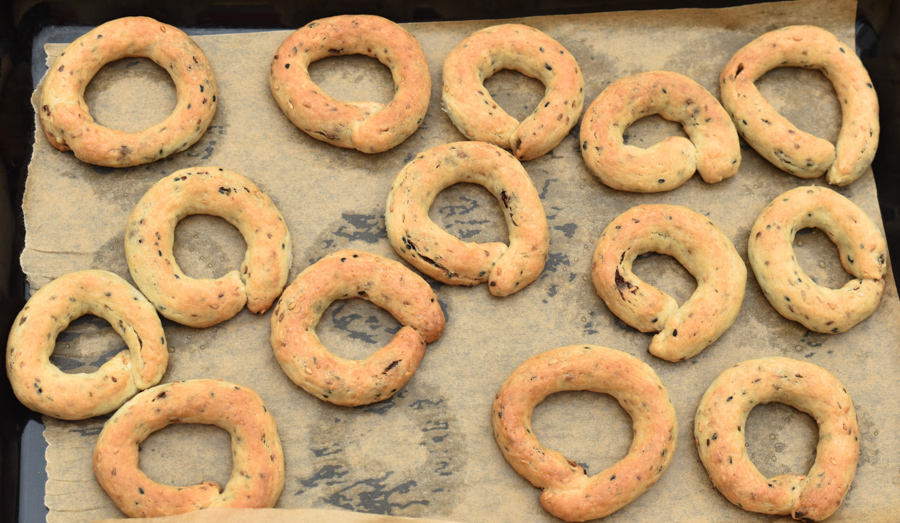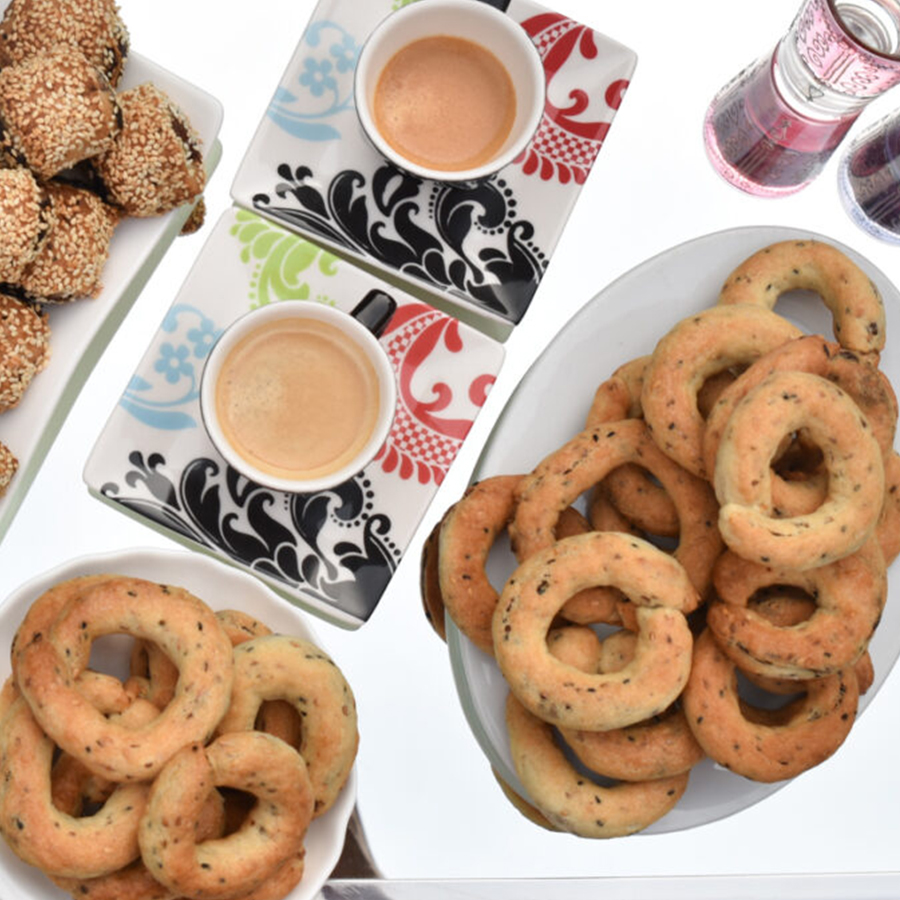Farida’s Date Ring Kaak
Description
When baking Date Ring Kaak, follow your intuition than sticking to the precise time of baking. I’ve provided you with the time needed to bake, but advice you to use the baking time as a guide, check a minute or two before. You may want to bake one first, to find out exactly the right time for your oven. Once you’ve got it down, you continue with the rest at the same rhythm.
Ingredients
- 4 cups / 800 grams / 1lb 12 oz. all- purpose flour
- 3/4 cup ghee
- 1/2 cup sunflower oil or a mix of sunflower and olive oil
- 2 tablespoons anise seeds
- 2 tablespoons fennel seeds optional
- 2 tablespoons Nigella seeds habit albarakeh
- 2 tablespoons toasted sesames
- 1 teaspoon mahlab
- 1/2 teaspoon baking powder
- 1 leveled teaspoon instant dry yeast
- 1 cup powdered sugar
- 3/4 cup milk liquid, you may need to add a bit more, depending on the flour brand
For the filling
- 700 grams / 1.5 lb Medjool or Omani dates
- 2 tablespoons ghee
- 1 leveled teaspoon cardamom powder
- 2 tablespoons orange blossom water
- 1/2 teaspoon mastic gum crushed with a pinch of sugar
Instructions
- In an oil-free skillet add the anise and fennel seeds and cook over medium heat, stirring all the time just to bring out their earthy flavor. Leave to cool down a bit, then roughly crush with a mortar and pestle. Place the all-purpose flour in a ceramic bowl, add the anise-fennel mix, mahlab, sesame seeds, black seeds and crushed mastic, stir well.
- Heat the ghee and oil in a saucepan to a frying temperature, 350 °F/ 175 °C, then add to the flour mix, don’t touch to prevent burning your hands, use a spatula to homogenize the flour and ghee together, leave overnight covered with cling film, or a minimum of four hours, allowing the flour to absorb the ghee.
- The second day: Position rack in the lower third of the oven (as close to the bottom of the oven), preheat to 500 °F/ 260 °C ( or the highest setting of your oven). Line two baking sheets with silicone liners or parchment paper.
- Return back to the flour mix that has rested overnight, add the powdered sugar, baking powder and instant dry yeast. Heat the milk to lukewarm and add to the dough. Mix with your fingertips until a malleable ball of one texture is formed, cover one more time and let it rest for 45 minutes.
- Meantime, prepare the date filling: Pull open the dates and release the pits by hand. Use a paring knife cut the date lengthwise into strips. Make them as narrow as possible. Then try to mix them with your hands, and you will notice the date strips will stick together to a pliable dough, which is exactly what we want. Add the cardamom powder, ghee and orange blossom water. Mix well to integrate everything together. Divide the date to 1.5inch / 4cm balls, then roll with the palms of your hands to an even rope-shape like that is 10 cm long.
- Shaping the kaak: After 45 minutes have passed, return back to the dough and divide it to 2 inches / 5 cm balls, take one ball at a time and form into a fat cylinder about 5 inches/12 cm long, use the palm of your hand to flatten the dough to a width of 1.5 inches/ 3 cm long, center the narrow log of the date on the dough.
- Draw the dough around the filling to enclose it, making a long cylinder. Roll the cylinder under the palms of your hands to lengthen it to 5.5 oz/ 14 cm long rope-shape like, or roll it on a counter top back and forth (be careful to keep it an even thickness all the way to the ends) as you work.
- Pinch the end of the elongated rope together, forming a circle. Repeat with the remaining date and dough.
- Bake: Place on parchment lined cookie sheets, keep some space between one kaak and another. Bake in the lower third of the oven, for 4 to 5 minutes, roll one over and see that it’s just slightly brown on the bottom, then transfer to the top third rack of the oven and bake for 9 to 10 minutes to a pale golden color. Keep an eye on your oven, and remember that ovens are different!
- Remove from the oven, leave to cool down a bit, and transfer to a serving plate, enjoy with a cup of coffee or tea. Sublime!
- Storage: Store in an air-tight container and they will last for 10 days. Remember, air is the enemy and will draw out any moisture it can find. If you’re not planning to inhale all the cookies within two or three days, let the cookies cool down before storing them in a sealed container in the freezer. They’ll keep for 2 months.
Notes
If you make "Farida's Date Ring Kaak", leave a comment below, or share your pictures on Facebook! I would love to see your creations!! Hashtag, #Hadia’s lebanese
Tried this recipe?Let us know how it was!
